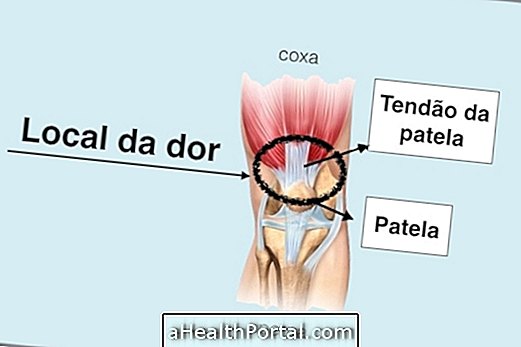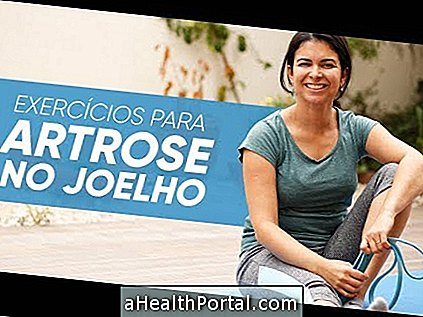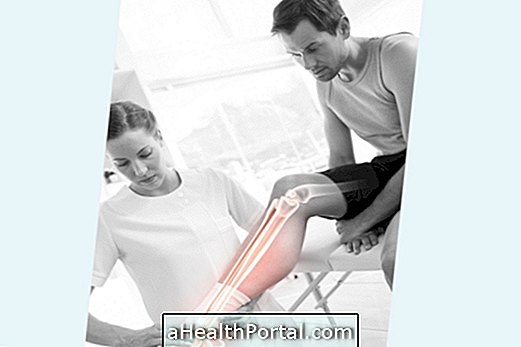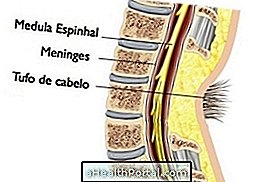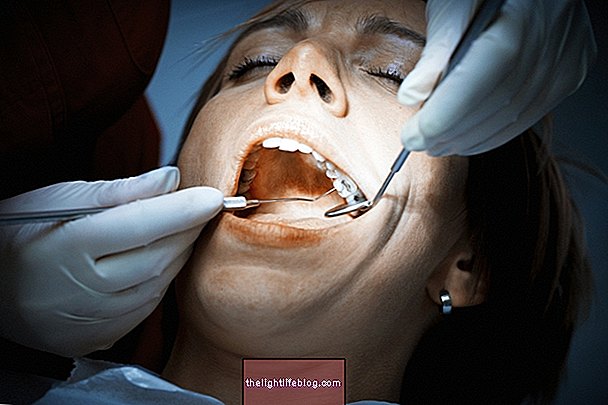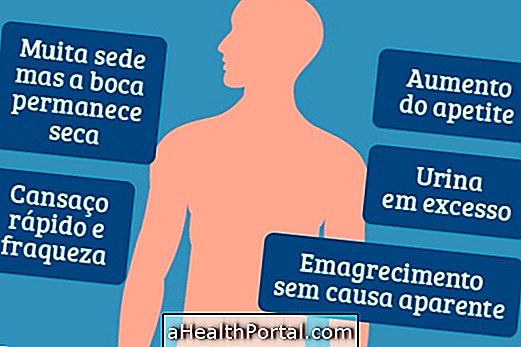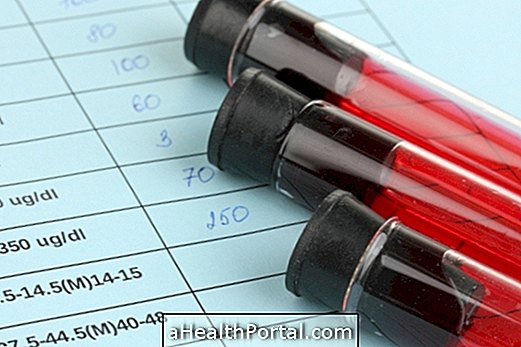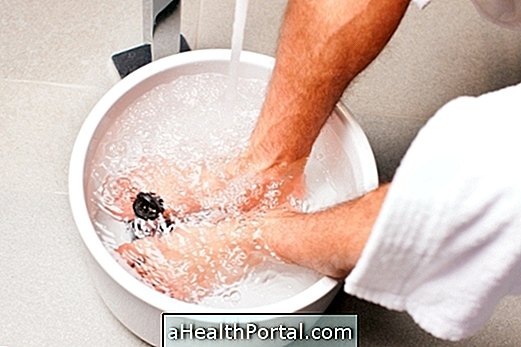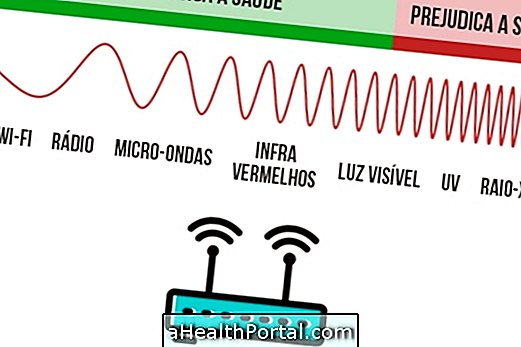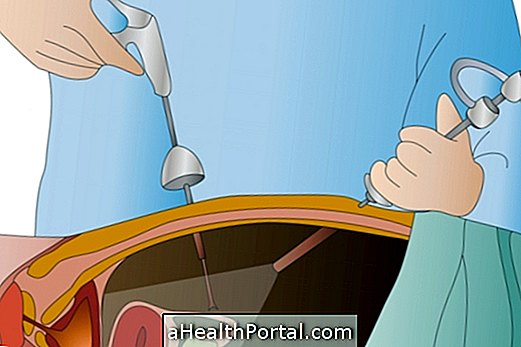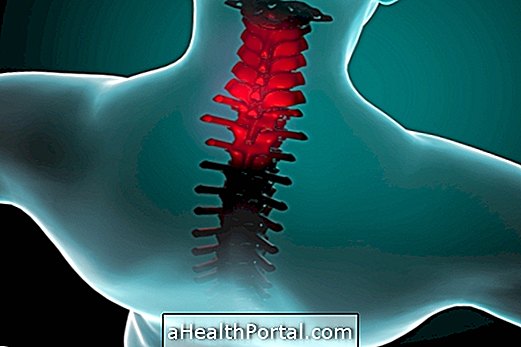Physical therapy is very important in the treatment for osteoarthritis and should be performed preferably every day, with rest on weekends but when this possibility does not exist, it is recommended to do physiotherapy at least 3 times a week.
The resources used by the physiotherapist can vary according to the patient's complaint and their abilities and therefore each person should be evaluated personally by a physiotherapist who will indicate what each person needs to recover.
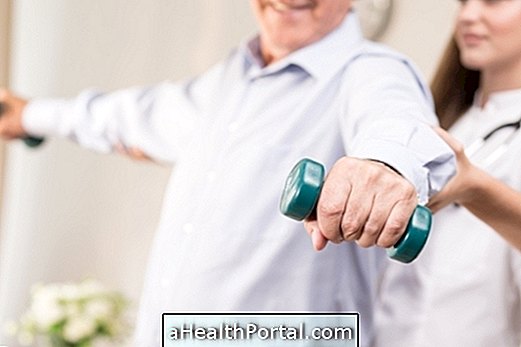
Some options that may be useful are:
1. Ice or heat
Ice packs or heat packs are some of the treatment options to decrease pain and inflammation. When there are inflammatory signs, cold compresses are the best options because they decrease pain, inflammation and muscle spasms. Cryotherapy can be applied 3 to 4 times a day for 10 to 15 minutes at a time. Ice should not come into direct contact with the skin and should be wrapped in a thin cloth or sheets of kitchen paper, for example. It is normal for the region to become slightly whitish at first and the sensation of pain decrease arrives after about 7 to 12 minutes.
Find out when it's best to use ice or heat by clicking here.
2. Electrotherapy
The use of devices such as tens, ultrasound, short-wave, laser and magnetotherapy may be useful but should not be used all at the same time. Iontophoresis may be indicated to facilitate drug penetration at the site of pain and the time of application may range from 10 to 45 minutes. Ultrasound should be performed especially after the use of ice for it to have more effect and the magnetron can be indicated in case of arthrosis in the spine because it helps in the regeneration of the affected tissues.
Know the main benefits of magnetotherapy.
3. Manual Therapy
Manual techniques such as massages and joint mobilizations are of great importance to keep joints properly irrigated and aligned. They can be performed both at the beginning and at the end of each session, but never after the use of cold. The mobilization should be done for about 3 minutes at each joint so that the body is stimulated enough to produce more synovial fluid and to maintain the intra-articular space.
4. Kinesiotherapy

Kinesiotherapy encompasses the exercises that must be performed when there is a decrease in pain. Muscle strengthening is an integral part of the treatment to help maintain firm joint, improve balance and muscle tone, but care must be taken in choosing strengthening because too much joint can not be forced. Hydrotherapy and exercises performed with 0.5 and 1 kg anglers are generally accepted by most patients, but initially the exercises should be performed in the following order of progression:
- No movement, only with isometric contraction,
- With slight contraction;
- With manual resistance;
- With elastic resistance;
- With resistance with weights.
After discharge, the person can perform other exercises such as Clinical Pilates and Hydrotherapy to maintain muscular strength, thus avoiding the return of pain caused by arthrosis.
In addition to these exercises stretching increases flexibility and is recommended in all physiotherapy sessions.
Physiotherapy treatment should be performed for 3 to 6 months but if the treatment does not bring the expected benefits, surgery is recommended to place a prosthesis in the affected joint, and it is necessary to perform even more physiotherapy sessions for a few weeks after surgery .
